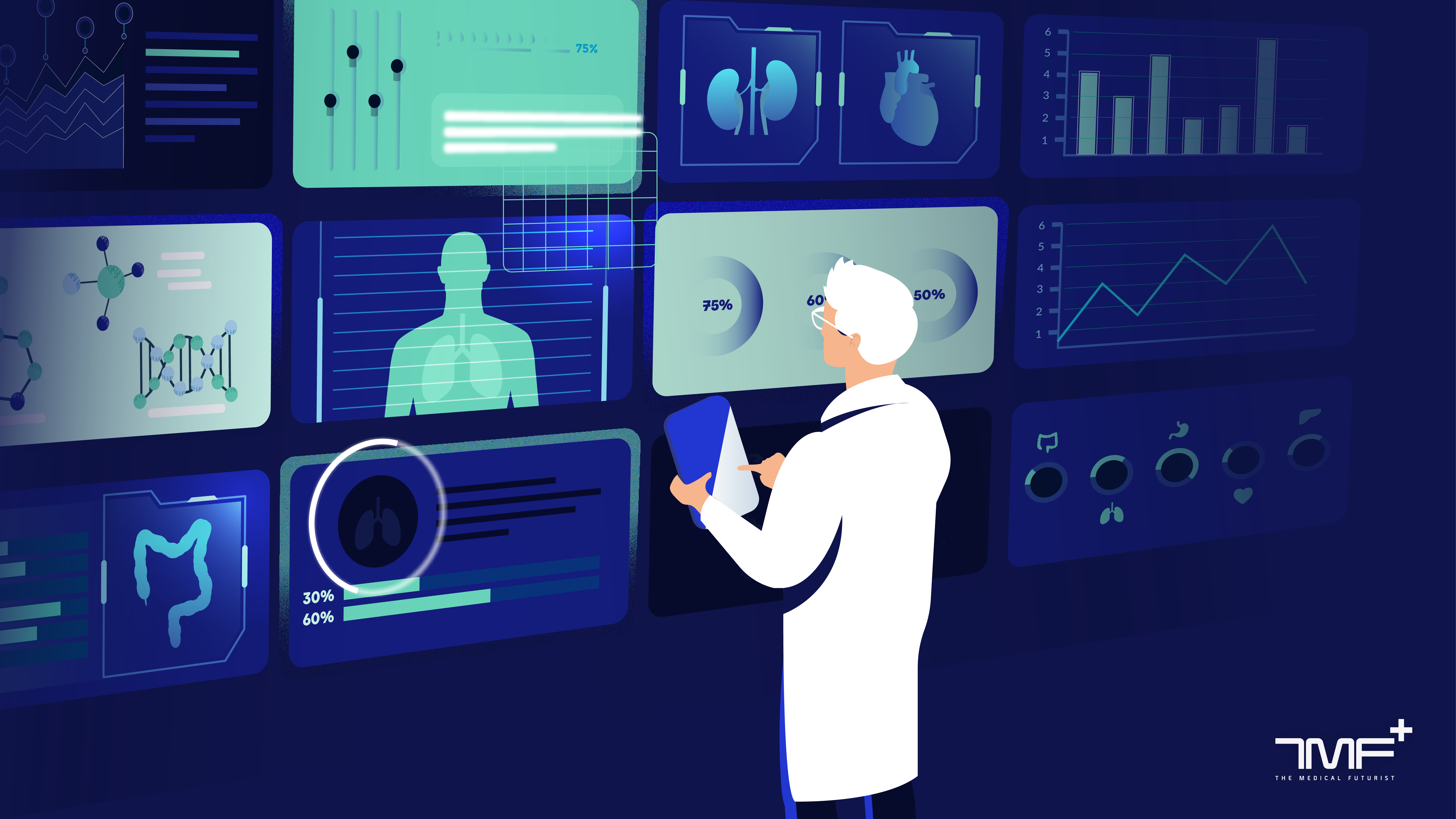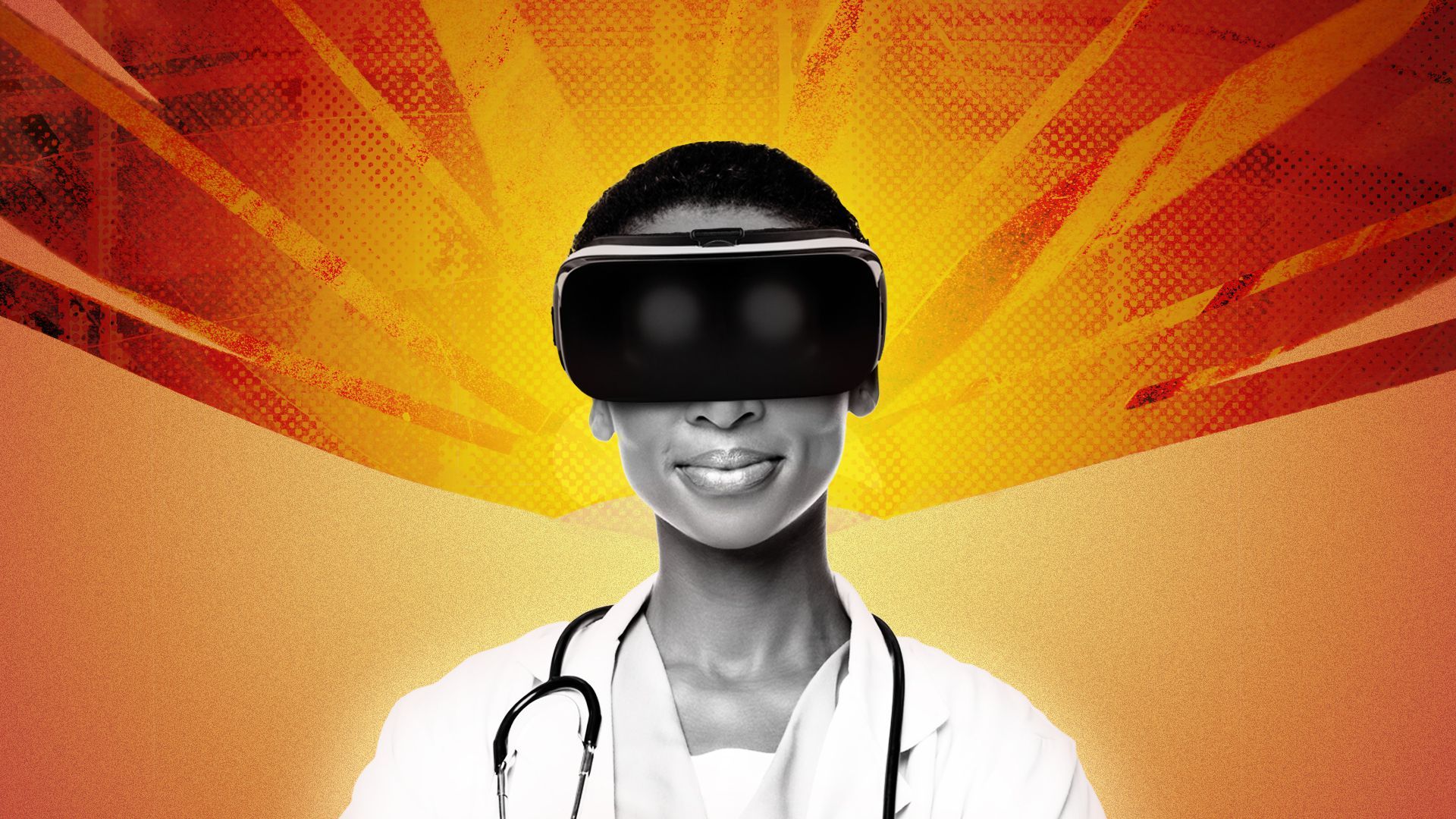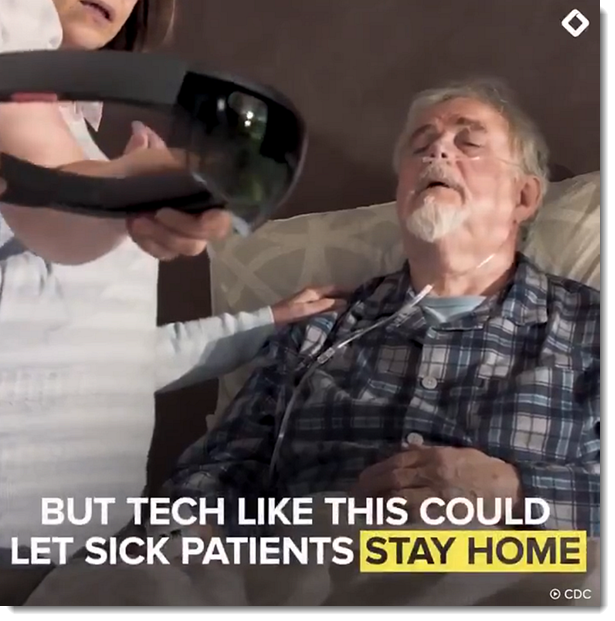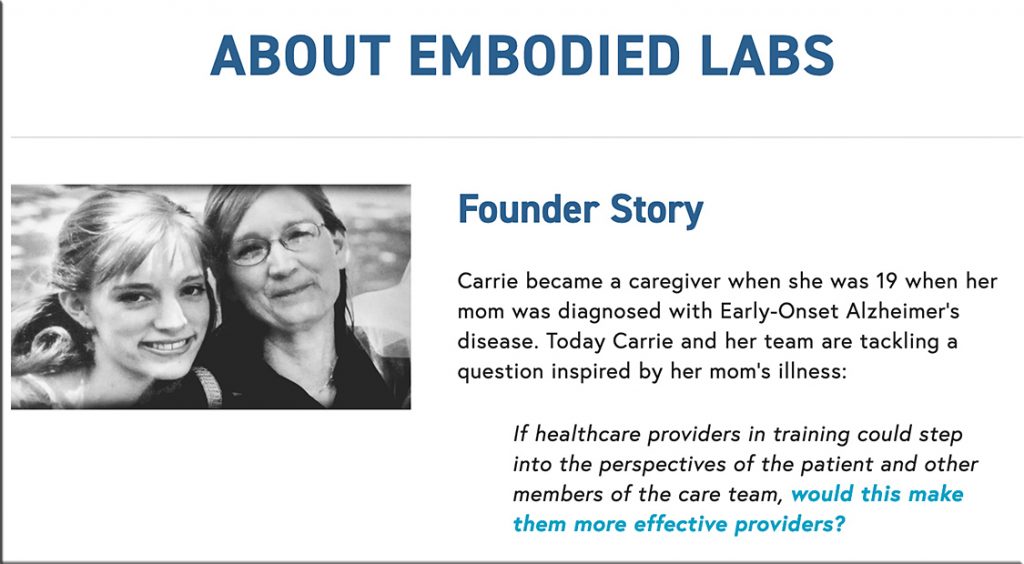10 Things You Can Definitely Expect From The Future Of Healthcare AI — from medicalfuturist.com by Andrea Koncz
Artificial Intelligence promises material changes on both sides of the stethoscope, but this revolution won’t unfold on its own.
Key Takeaways
- From unlocking hidden biomarkers to streamlining administrative burdens, AI will improve patient care and redefine the role of physicians.
- Technology can serve as a powerful tool, but healthcare remains a fundamentally human endeavor.
- This technological revolution won’t unfold on its own, it requires collaboration between physicians, technologists, regulators, and patients.













